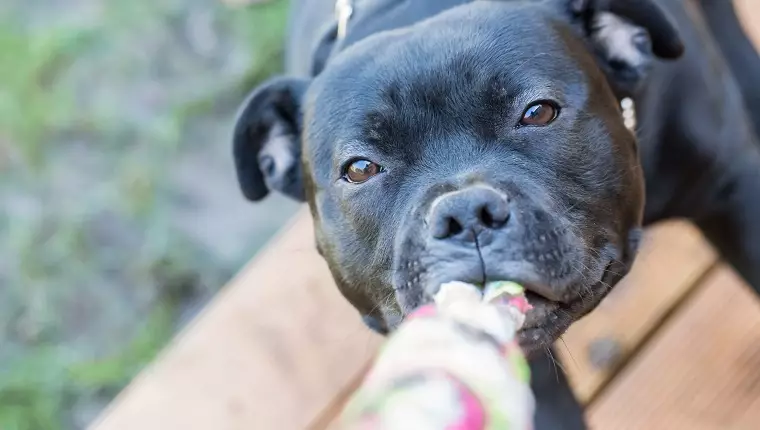Dogs naturally love to engage in play, and tug-of-war is one of the most enjoyable activities that facilitate exercise and bonding between humans and their canine companions. However, beneath the surface of this seemingly simple game lies a myriad of considerations that dog owners should be fully aware of. Is playing tug-of-war safe? Can it lead to aggressive behavior, or will it damage your dog’s dental health? This article will explore these concerns while providing guidelines to ensure a safe and rewarding experience for both you and your furry friend.
Tug-of-war is not just a frivolous pastime; it can actually provide significant physical and mental benefits to your dog. Engaging in this energetic game helps develop your dog’s muscle strength and can serve as a fantastic way to expend excess energy. On top of that, it can act as a mental stimulant, providing your dog with the challenge they crave. This physical and cognitive engagement can result in a more balanced and well-behaved pet.
Moreover, tug-of-war can serve as a useful tool for behavioral training. By incorporating commands and short training intervals into your games, you teach your dog not only the excitement of play but also important cues that encourage obedience and self-control. This dual purpose can greatly enhance your interactions with your pet.
Despite the numerous advantages, the game of tug-of-war can become problematic if not managed properly. Many dog owners worry that allowing their pets to tug can lead to aggression or injuries. To mitigate these risks, it’s critical to adhere to specific guidelines when engaging in this spirited competition.
First and foremost, it is advisable that you initiate the game rather than allowing your dog to start it. By taking this lead, you establish boundaries during and after playtime. It is essential that you remain fully in control. Train your dog to follow commands like “let go” and “sit” during play; doing so at least every 30 seconds will reinforce good behavior.
Another useful technique is to establish brief training pauses during the game. Utilize these intervals to request a sit or down, then return to play once your dog complies. Setting these procedures not only adds structure to your game but reinforces the concepts of obedience and self-restraint.
A significant concern for many dog owners lies in teaching their pets how to release the tug toy when necessary. To facilitate this understanding, one effective method is to stop tugging when your pooch has a firm grip on the toy. Simply freeze, and then reward them with a treat when they let go to sniff it. Praise them for sitting, which reinforces their compliance. Ultimately, you want your pet to learn that giving up the toy yields positive outcomes, reducing the likelihood of them becoming possessive or aggressive over toys.
Additionally, it is crucial to handle nippy behavior appropriately. If your dog inadvertently bites your hand during the game, the best approach is to yelp loudly and then halt the game for a brief timeout. Giving your dog some space reinforces that biting is unacceptable behavior and allows both of you to reset.
If your dog attempts to take the toy prematurely, implementing a timeout followed by a request for a sit can instill the message that patience and following commands will be rewarded. If persistent mistakes occur, it is important to consider ending the game altogether, as consistency is vital in the training process.
Playing tug-of-war with your dog is more than just a fun activity; it is an opportunity to build a deeper bond while teaching essential obedience skills. By understanding the benefits and adhering to safety protocols, you can maximize the enjoyment of this exhilarating game while minimizing any potential risks. So, as International Tug-Of-War Day approaches, consider how to integrate playful training into your routine, ensuring both you and your dog enjoy the day to its fullest. Engage thoughtfully, train wisely, and continue cultivating the joyful companionship that only a dog can offer.

